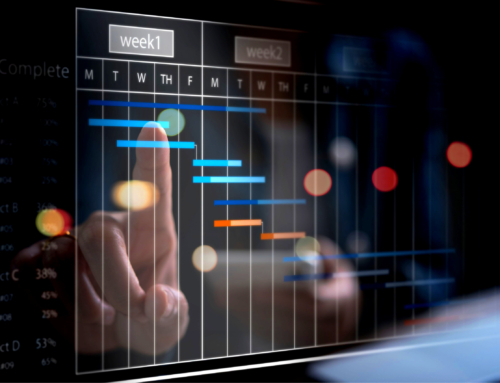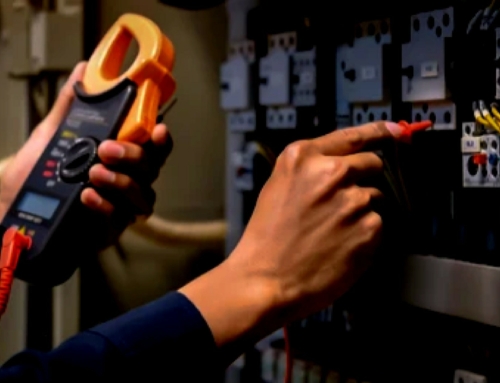Businesses today create, collect and store more data than ever before. But the value of data isn’t from its existence. The value comes from what we do with it. Information analysts have a model for this. They discuss the difference between data, information, knowledge and wisdom or insight. For a business, data is a tool that allows them to develop insight so they can make better decisions.
When it comes to asset management, knowing what data to collect is important. But having the right tools to use data effectively so you can see into a situation rather than just describe it is critically important. For example, knowing where a machine is and that it has failed is important. But knowing what it was doing before it failed is more useful. And understanding the operating conditions in the days or weeks leading to the failure gives you more insight.
When you are fully armed with the right information, you can start to look into the future with greater certainty.
But what is the right information to collect?
The place to start is the ISO 55000 family of standards. This is a family of five international standards – four are ratified with a fifth under development – that provide guidance on key asset management concepts, the requirements for an asset management system, how to deploy such a system and guidelines for the alignment between financial and non-financial asset management functions.
Collecting and storing data in a standards compliant and reliable system is just the start. You also need tools that allow you to use that data so you can learn something from it. According to research from analyst firm Forrester found that “On average, between 60% and 73% of all data within an enterprise goes unused for analytics”. In other words, lots of data is being collected for no good reason. That’s like digging a mine shaft and leaving most of the gold behind.
You also need to be clear about your goals. For example, you may actually be trying to balance two competing goals: increasing the output of a machine and decreasing its need for maintenance. When a machine is offline, its production is curtailed. On the other hand, you may be able to keep a machine operating for longer between scheduled outages but that may mean reducing output. In this case, there are several pieces of data you can collect that will help you balance that equation.
- Mean time between failure
- Mean time to repair
- Overall equipment effectiveness
You may find that reducing the cycle time, the amount of time it takes the machine to deliver its desired output, you can increase the mean time between failure in a way that extends the overall life of the machine. For example, you may find that slowing output by 5% improves overall effectiveness by 10%. Think of it as being the fabled race between the tortoise and the hare where going a little slower lets you run for far longer.
This means you need to collect, store and process real time asset condition and performance. You need to ensure that the data is of a sufficient quality as well. Poor data can result in bad decisions. In many cases, you are better off having no data or ignoring low quality data as it can lead to a bad decision.
Once you have collected and verified the information, you need to analyse the data in order to gain the insights you need so you can make decisions.
One approach to ensuring you collect the right data to support your predictive maintenance goals is to start with the questions you want to ask rather than what data can you collect. When Peter Drucker said you can’t manage what you don’t measure, he omitted that we need to be smart about what we measure. For example, if you have a goal to maximise overall equipment effectiveness, then you need to collect data about actual and planned operating time, actual and planned cycle time, and actual and planned output.
Although you can easily collect downtime hours or numbers of breakdowns, by using data to predict when an equipment failure is likely so you can take steps to mitigate that risk, you can improve the machine’s overall effectiveness. That means collecting operational performance data as well as static information about a machine’s location, age or financial status. As well as helping you ensure you maximise the equipment’s performance, it helps with budgeting and planning future equipment acquisitions.
The right data isn’t about collecting all the data you possibly can. Collecting the right data is about knowing what questions you need to answer. Armed with that, you can turn the data into knowledge and insight that allows you to not only predict when you may face a maintenance issue so you can take steps before a problem escalates, but also help you to manage your resources effectively to save costs.
A business process assessment can use the data to provide best outcomes that will help businesses make decisions on how to effectively manage your resources, which will lead to an improved asset uptime and profit.





